
The Best Satellite Messengers for When You’re Off the Grid
Until recently, only professional adventurers owned satellite communication devices. Most casual backcountry enthusiasts just didn't have the budget, or the expertise, necessary to own an esoteric, expensive device that spat out weird numbers (latitude, longitude? what?) on a hard-to-read lcd. If you regularly ventured off the cellular grid, you relied on maps, memory, and crossed fingers. All that has changed with a recent crop of more affordable—and much easier to use—satellite messengers. For the past year, i've driven to obscure mountain locations, hiked on tree-covered trails, and spent a lot of time sitting in the snow to track my location, map my routes, and send texts to my loved ones to show them how much fun i have in their absence. We’re all for big adventures that take us off the grid, but it’s never a bad idea to have a way of getting in touch. For organizing a pick up, initiating a rescue, or just checking in, a satellite messenger has become our go-to means of staying connected in areas without cell service. In addition to their ability to send (and—most of the time—receive) messages, these devices tack on a range of other functions, including location sharing, gps
read more →
No signal? These are the 6 best ways to call for help in the mountains 938
Satellite technology is ideal for calling and texting from remote locations, including oceans. But you’ll always need to be outside, and give your antenna the best view of the sky you can, to ensure you get a signal. Be aware that satellite technology suffers some latency (delay) since your signals have a long way to travel, but you’ll never be out of touch. So what satellites can you actually use to make calls? inmarsat, the first network originally designed for mariners, covers most of the planet with a handful of geosynchronous satellites. These orbit the equator, never moving relative to the ground, but as you go north and south they get nearer the horizon; in hilly terrain you might not ‘see’ the satellite at all. 5. Personal locator beacons Whereas personal locator beacons (plbs) can only transmit sos signals (more on this below), a defining feature of all of the satellite messengers here is the ability to communicate more nuanced information. This can be very helpful for getting in touch in non-emergent situations, sending out live tracks or requesting weather forecasts, transmitting updates to sar teams during rescue attempts, and more. These more capable devices can be further broken
read more →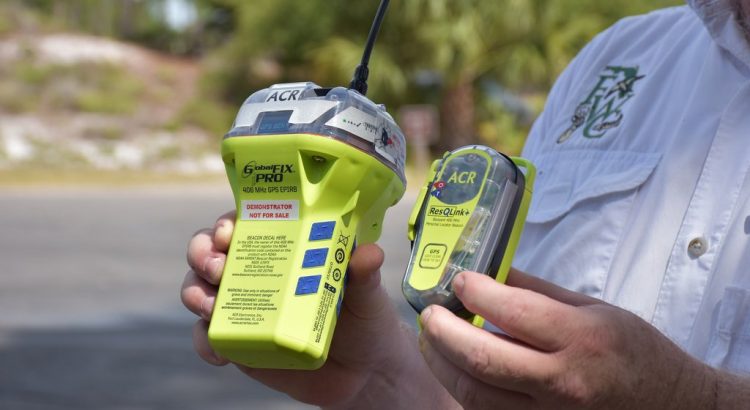
Types of emergency locator beacons [ edit ] 379
An emergency position-indicating radiobeacon (epirb) is a type of emergency locator beacon for commercial and recreational boats, a portable, battery-powered radio transmitter used in emergencies to locate boaters in distress and in need of immediate rescue. In the event of an emergency, such as a ship sinking or medical emergency onboard, the transmitter is activated and begins transmitting a continuous 406 mhz distress radio signal, which is used by search-and-rescue teams to quickly locate the emergency and render aid. The signal is detected by satellites operated by an international consortium of rescue services, cospas-sarsat , which can detect emergency beacons anywhere on earth transmitting on the distress frequency of 406 mhz. Epirb is one of three main types of radio beacons that are used in emergency situations for search and rescue. Epirbs (emergency position indicating radio beacons) for maritime use elts (emergency locator transmitters) for aviation use plbs (personal locator beacons) for personal use (in a remote environment) all of them - epirbs, elts and plbs - operate within a satellite-based system at a frequency of 406 megahertz. This frequency has been designated internationally for use only in distress. Also, emergency beacons should be equipped with a 121. 5 mhz radio transmitter.
read more →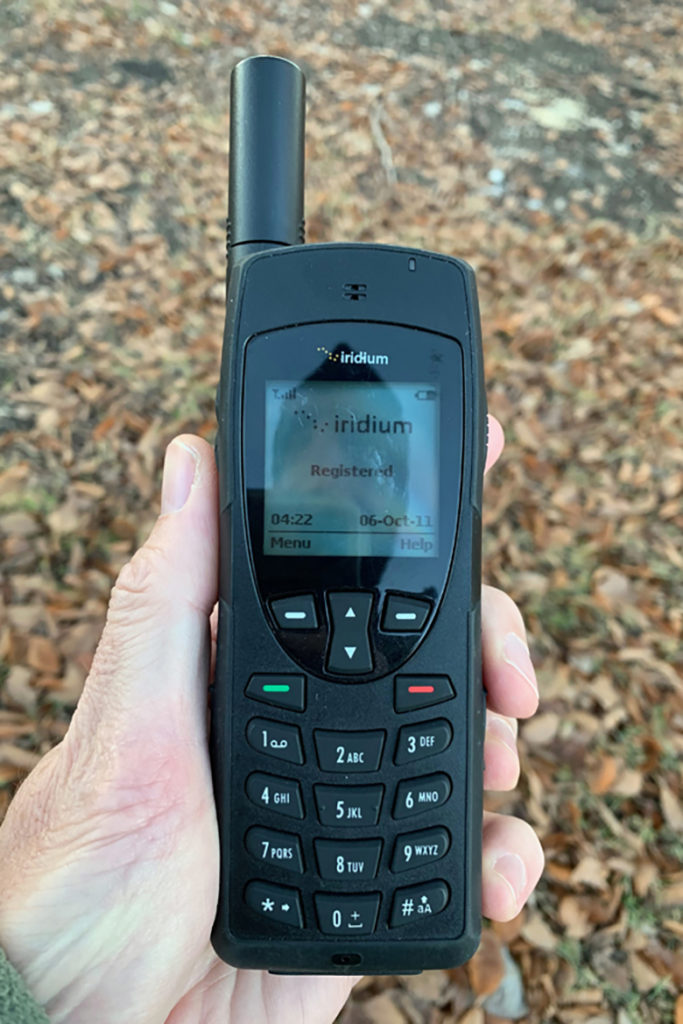
Earthquake detected in resort city hours after Otis
A 4. 4-magnitude earthquake was detected in the resort city of zihuatanejo – just 120 miles north of acapulco – hours after otis caused massive destruction to the southern part of mexico’s pacific coast. A preliminary evaluation of the area was conducted by state and municipal personnel in the area, the mexican civil protection coordination agency said. Residents were not warned of the earthquake because the seismic system used to warn people was unable to operate. Skyalerts – the early earthquake-warning service, said damage left behind from otis had left their infrastructure “temporarily inoperative”. Ariana baio25 october 2023 22:30 1698271239. Satellite network [ edit ] Sat phones are popular for expeditions into remote areas where terrestrial cell and data services are unreliable and unavailable. Satellite phones have been around for decades, but until the launch of the iridium network , they were often only offered at an unaffordable price. Satellite phones can be a valuable back up to traditional cell phones because they operate independently of terrestrial communication or cell phone networks, which can be unreliable or non-existent in less populated regions or remote and can be vulnerable to natural or man-made disasters. Unlike cell phones, satellite phones require line-of-site
read more →
See also [ edit ] 4
Since 1898, ol has been a leading authority in testing and reviewing hunting gear, fishing tackle, guns and shooting equipment, and much more. We have more than a century-long history of evaluating products, and we’re now bringing that expertise to online reviews. Our editors are experienced outdoorsmen and women, and most importantly, we’re trained journalists. We prioritize field testing and objective data when reviewing products. We conduct interviews with gear manufacturers and engineers as well as outdoor experts so that our readers have an understanding of how and why a product works—or doesn’t. Advertising does not influence our gear reviews and it never will. Registration renewal should take place every two years at a minimum. Most registrations can be easily updated online, making it simple to add a trip plan or additional trip details to your registration whenever you want. Think of your personal locator beacon registration as contributing to your rescue mission. The more detail you provide and the more frequently you update your registration, you are giving the people coming to rescue you all the information they need to expedite your own rescue. You can register your beacon with your national authority by visiting our registration page.
read more →
EPIX ™ PRO | FĒNIX ® 7 PRO 992
We're celebrating our birthday with amazing deals! epix™ pro | fēnix® 7 pro amoled display or solar charging — the choice is yours. The 4 Best Satellite Messengers for Traveling Off-the-Grid Until recently, only professional adventurers owned satellite communication devices. Most casual backcountry enthusiasts just didn't have the budget, or the expertise, necessary to own an esoteric, expensive device that spat out weird numbers (latitude, longitude? what?) on a hard-to-read lcd. If you regularly ventured off the cellular grid, you relied on maps, memory, and crossed fingers. All that has changed with a recent crop of more affordable—and much easier to use—satellite messengers. For the past year, i've driven to obscure mountain locations, hiked on tree-covered trails, and spent a lot of time sitting in the snow to track my location, map my routes, and send texts to my loved ones to show them how much fun i have in their absence. Call it a satellite communicator or a satellite messenger. Either way, you don’t want to go off the grid without one. In emergencies, these handheld devices let you call for help, but most of the time, they’re a conduit for texting with family or friends when cell
read more →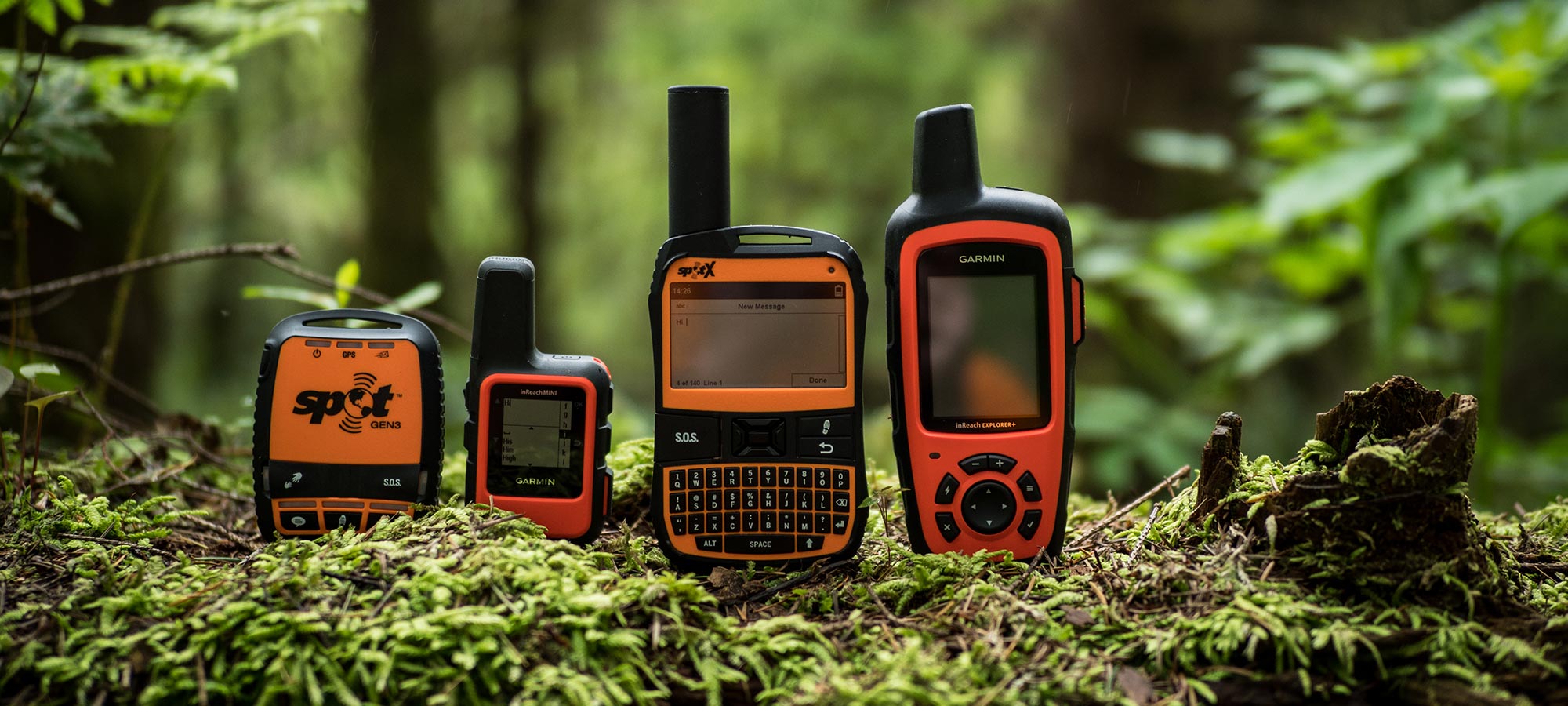
No signal? These are the 6 best ways to call for help in the mountains 685
Just like a 911 call, a distress signal should only be sent when you’re in imminent danger of loss of life or limb, and when no means of self-rescue can get you to safety. As more and more new people venture into the outdoors, the problem of groups placing unneeded rescue calls has become a major burden on search and rescue groups. That strains their resources and impacts their ability to respond to true emergencies. Many states have passed laws against frivolous rescue calls. So, always prepare properly and pack your ten essentials. That will lessen any temptation to misuse the plb or a satellite messenger you choose to bring for added safety. By bruce beckmann, alpine rescue team background adventurers exploring the backcountry should always carry a device capable of sending a satellite message. When an emergency arises and no cellular signal is available, having the ability to send an “sos” or a message via a satellite may save a life, your own or someone else’s. There are now three primary types of devices that use satellites to communicate: 1) personal locator beacon (plb) 2) satellite messaging devices, or just “satellite messenger” 3) satellite capable cellular phones. In brief, a plb sends a
read more →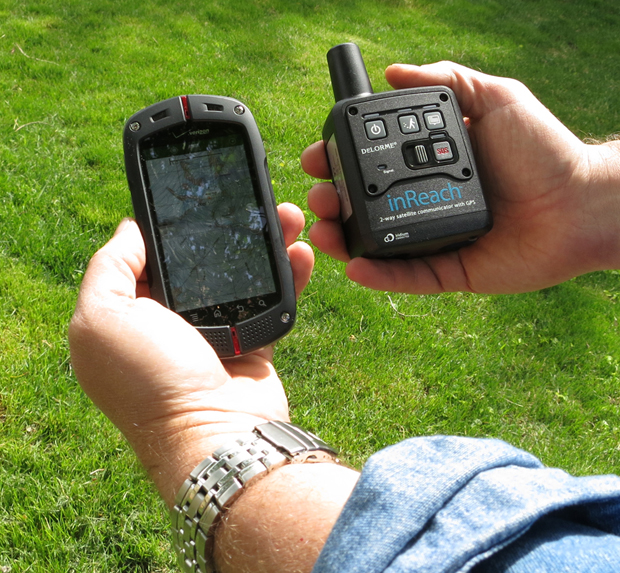
EPIX ™ PRO | FĒNIX ® 7 PRO 18
We're celebrating our birthday with amazing deals! epix™ pro | fēnix® 7 pro amoled display or solar charging — the choice is yours. Enter the Garmin inReach, Spot and Zoleo. Depending on the make and model, you’ll either use your satellite messenger alongside your smartphone, as a standalone piece, or choose between the two. As expected, these capabilities correspond to price: the one-way spot gen4 ($150) is a simple standalone device with an interface limited to just a few buttons (i. E. , no screen). Moving up the list, you get barebones two-way messengers like the bivy stick and zoleo, which can send sos signals on their own but must be paired with a smartphone for most other functions. Finally, splurging for a high-end satellite messenger with a screen and push-button interface (like the garmin inreach mini 2 ) gives you the best of both worlds: you can carry out most functions from either the device or your smartphone. Such as zoleo , garmin inreach/messenger or acr bivy stick, which communicate on the iridium network or spot devices that use the global star network. These are all in low earth orbit ‘leo’. When sos is activated from these
read more →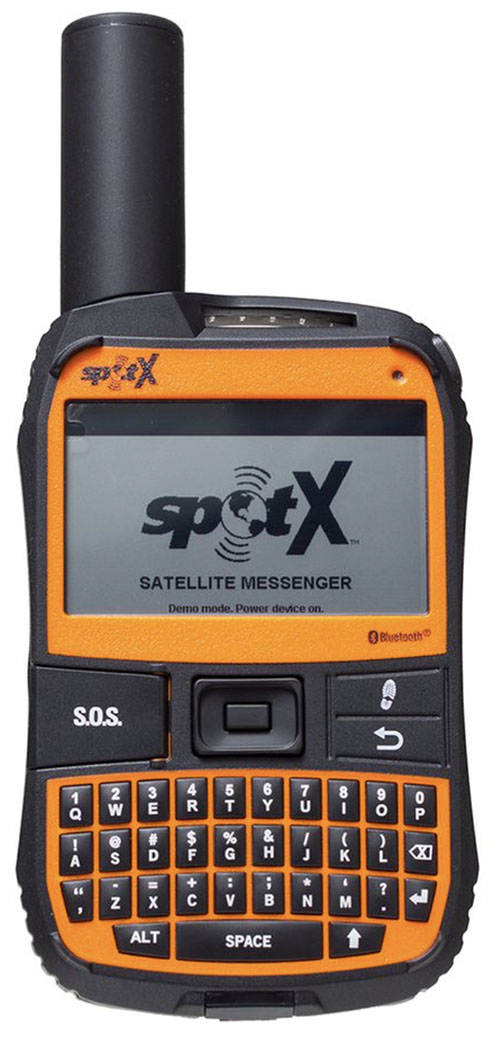
No signal? These are the 6 best ways to call for help in the mountains
Just like a 911 call, a distress signal should only be sent when you’re in imminent danger of loss of life or limb, and when no means of self-rescue can get you to safety. As more and more new people venture into the outdoors, the problem of groups placing unneeded rescue calls has become a major burden on search and rescue groups. That strains their resources and impacts their ability to respond to true emergencies. Many states have passed laws against frivolous rescue calls. So, always prepare properly and pack your ten essentials. That will lessen any temptation to misuse the plb or a satellite messenger you choose to bring for added safety. By bruce beckmann, alpine rescue team background adventurers exploring the backcountry should always carry a device capable of sending a satellite message. When an emergency arises and no cellular signal is available, having the ability to send an “sos” or a message via a satellite may save a life, your own or someone else’s. There are now three primary types of devices that use satellites to communicate: 1) personal locator beacon (plb) 2) satellite messaging devices, or just “satellite messenger” 3) satellite capable cellular phones. In brief, a plb sends a
read more →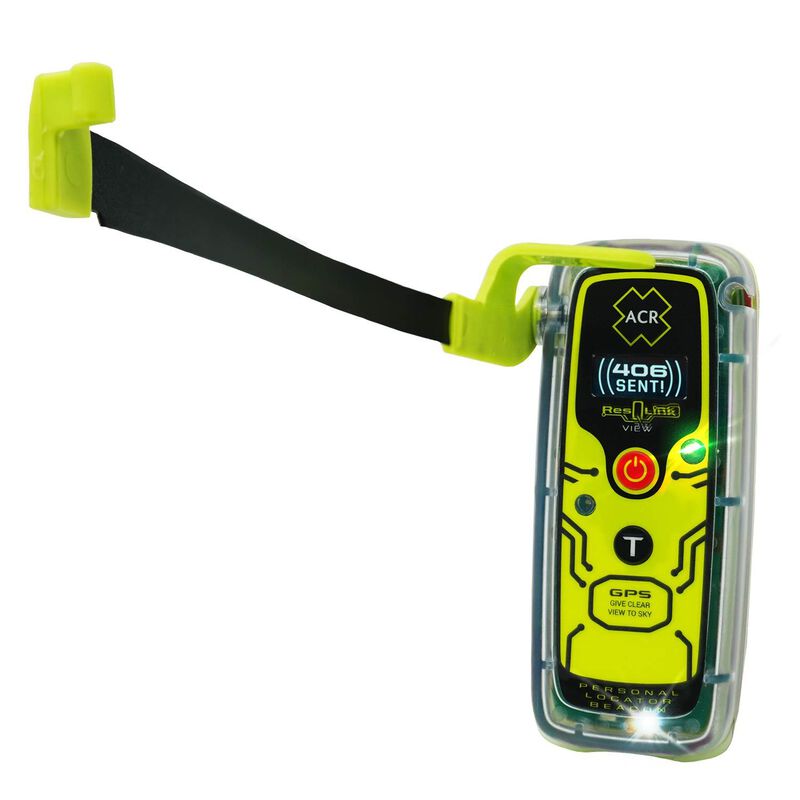
Beacon types [ edit ] 380
If you are like us and love going on adventures to remote places, then you need to think about what you would do in an emergency situation. Off-grid locations don’t generally have reception, so calling for help using a mobile phone is out of the question. Luckily there are several different types of emergency gps devices out there that are available to the public to purchase and can possibly save your life if you find yourself in an accident. A personal locator beacon, satellite phone or satellite messenger are probably the most common form of emergency gps trackers in the uk for the general public. See also [ edit ] Since 1898, ol has been a leading authority in testing and reviewing hunting gear, fishing tackle, guns and shooting equipment, and much more. We have more than a century-long history of evaluating products, and we’re now bringing that expertise to online reviews. Our editors are experienced outdoorsmen and women, and most importantly, we’re trained journalists. We prioritize field testing and objective data when reviewing products. We conduct interviews with gear manufacturers and engineers as well as outdoor experts so that our readers have an understanding of how and
read more →